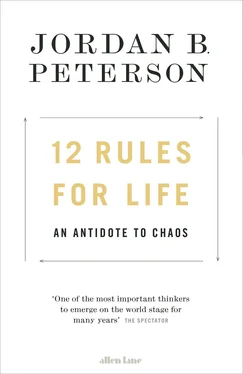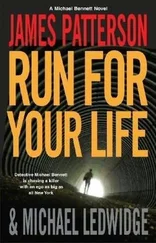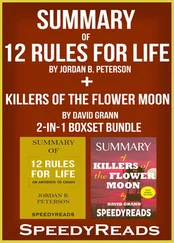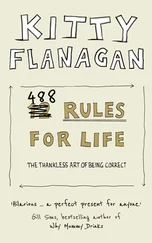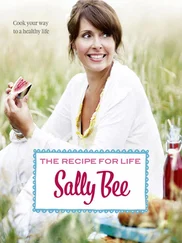Here’s something worse. Imagine that someone receives an organ transplant. Imagine it’s a kidney. A transplant typically occurs only after a long period of anxious waiting on the part of the recipient. Only a minority of people donate organs when they die (and even fewer when they are still alive). Only a small number of donated organs are a good match for any hopeful recipient. This means that the typical kidney transplantee has been undergoing dialysis, the only alternative, for years. Dialysis involves passing all the patient’s blood out of his or her body, through a machine, and back in. It is an unlikely and miraculous treatment, so that’s all good, but it’s not pleasant. It must happen five to seven times a week, for eight hours a time. It should happen every time the patient sleeps. That’s too much. No one wants to stay on dialysis.
Now, one of the complications of transplantation is rejection. Your body does not like it when parts of someone else’s body are stitched into it. Your immune system will attack and destroy such foreign elements, even when they are crucial to your survival. To stop this from happening, you must take anti-rejection drugs, which weaken immunity, increasing your susceptibility to infectious disease. Most people are happy to accept the trade-off. Recipients of transplants still suffer the effects of organ rejection, despite the existence and utility of these drugs. It’s not because the drugs fail (although they sometimes do). It’s more often because those prescribed the drugs do not take them. This beggars belief. It is seriously not good to have your kidneys fail. Dialysis is no picnic. Transplantation surgery occurs after long waiting, at high risk and great expense. To lose all that because you don’t take your medication? How could people do that to themselves? How could this possibly be?
It’s complicated, to be fair. Many people who receive a transplanted organ are isolated, or beset by multiple physical health problems (to say nothing of problems associated with unemployment or family crisis). They may be cognitively impaired or depressed. They may not entirely trust their doctor, or understand the necessity of the medication. Maybe they can barely afford the drugs, and ration them, desperately and unproductively.
But—and this is the amazing thing—imagine that it isn’t you who feels sick. It’s your dog. So, you take him to the vet. The vet gives you a prescription. What happens then? You have just as many reasons to distrust a vet as a doctor. Furthermore, if you cared so little for your pet that you weren’t concerned with what improper, substandard or error-ridden prescription he might be given, you wouldn’t have taken him to the vet in the first place. Thus, you care. Your actions prove it. In fact, on average, you care more . People are better at filling and properly administering prescription medication to their pets than to themselves. That’s not good. Even from your pet’s perspective, it’s not good. Your pet (probably) loves you, and would be happier if you took your medication.
It is difficult to conclude anything from this set of facts except that people appear to love their dogs, cats, ferrets and birds (and maybe even their lizards) more than themselves. How horrible is that? How much shame must exist, for something like that to be true? What could it be about people that makes them prefer their pets to themselves?
It was an ancient story in the Book of Genesis—the first book in the Old Testament—that helped me find an answer to that perplexing question.
The Oldest Story and the Nature of the World
Two stories of Creation from two different Middle Eastern sources appear to be woven together in the Genesis account. In the chronologically first but historically more recent account—known as the “Priestly”—God created the cosmos, using His divine Word, speaking light, water and land into existence, following that with the plants and the heavenly bodies. Then He created birds and animals and fish (again, employing speech)—and ended with man, male and female, both somehow formed in his image. That all happens in Genesis 1. In the second, older, “Jawhist” version, we find another origin account, involving Adam and Eve (where the details of creation differ somewhat), as well as the stories of Cain and Abel, Noah and the Tower of Babel. That is Genesis 2 to 11. To understand Genesis 1, the Priestly story, with its insistence on speech as the fundamental creative force, it is first necessary to review a few fundamental, ancient assumptions (these are markedly different in type and intent from the assumptions of science, which are, historically speaking, quite novel).
Scientific truths were made explicit a mere five hundred years ago, with the work of Francis Bacon, René Descartes and Isaac Newton. In whatever manner our forebears viewed the world prior to that, it was not through a scientific lens (any more than they could view the moon and the stars through the glass lenses of the equally recent telescope). Because we are so scientific now—and so determinedly materialistic—it is very difficult for us even to understand that other ways of seeing can and do exist. But those who existed during the distant time in which the foundational epics of our culture emerged were much more concerned with the actions that dictated survival (and with interpreting the world in a manner commensurate with that goal) than with anything approximating what we now understand as objective truth.
Before the dawn of the scientific worldview, reality was construed differently. Being was understood as a place of action, not a place of things. [18031] I outlined this in some detail in Peterson, J.B. (1999). Maps of meaning: The architecture of belief . New York: Routledge.
It was understood as something more akin to story or drama. That story or drama was lived, subjective experience, as it manifested itself moment to moment in the consciousness of every living person. It was something similar to the stories we tell each other about our lives and their personal significance; something similar to the happenings that novelists describe when they capture existence in the pages of their books. Subjective experience—that includes familiar objects such as trees and clouds, primarily objective in their existence, but also (and more importantly) such things as emotions and dreams as well as hunger, thirst and pain. It is such things, experienced personally, that are the most fundamental elements of human life, from the archaic, dramatic perspective, and they are not easily reducible to the detached and objective—even by the modern reductionist, materialist mind. Take pain, for example—subjective pain. That’s something so real no argument can stand against it. Everyone acts as if their pain is real—ultimately, finally real. Pain matters, more than matter matters. It is for this reason, I believe, that so many of the world’s traditions regard the suffering attendant upon existence as the irreducible truth of Being.
In any case, that which we subjectively experience can be likened much more to a novel or a movie than to a scientific description of physical reality. It is the drama of lived experience—the unique, tragic, personal death of your father, compared to the objective death listed in the hospital records; the pain of your first love; the despair of dashed hopes; the joy attendant upon a child’s success.
The Domain, Not of Matter, but of What Matters
The scientific world of matter can be reduced, in some sense, to its fundamental constituent elements: molecules, atoms, even quarks. However, the world of experience has primal constituents, as well. These are the necessary elements whose interactions define drama and fiction. One of these is chaos. Another is order. The third (as there are three) is the process that mediates between the two, which appears identical to what modern people call consciousness. It is our eternal subjugation to the first two that makes us doubt the validity of existence—that makes us throw up our hands in despair, and fail to care for ourselves properly. It is proper understanding of the third that allows us the only real way out.
Читать дальше
